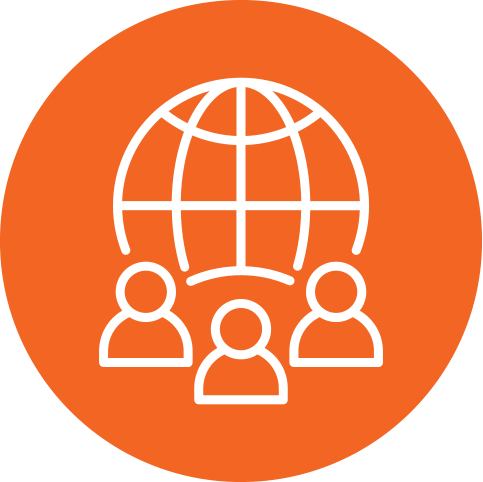Bullying, toxic, predatory, and coercively controlling behaviours.
Most workplaces, organisations and communities have governing legislation, policies, and codes of conduct which address and impose consequences for bullying and other toxic and predatory behaviours.
Most people are, however, unaware of the full spectrum of behaviours that constitute bullying and do not realise the consequences of failing to address bullying behaviours. They are also unaware of what constitutes toxic and predatory behaviours and how to recognise them. These behaviours can be subtle and can also be actively carried out in ways that are covert or lack transparency and so a heightened awareness and knowledge is important to decrease risk.
With an increasing willingness of targets/victims to speak out about and litigate against bullying, toxic and predatory behaviours, and the spotlight on these behaviours ever growing, the risk to organisations and communities is increasing exponentially.
Don’t get caught out.
Make sure your people understand the full set of behaviours that are considered bullying, toxic, predatory and/or coercively controlling; can recognise these behaviours; feel confident to address them in ways that don’t escalate the situation; are skilled to appropriately deal with the issues with targets/victims and/or refer them to support; and can rebuild cultures and dynamics damaged as a result.
Workplaces.
Including automotive, banking and finance, FMCG’s, health and medical, law enforcement, manufacturing, mining, petroleum, pharmaceutical, professional services, retail, telecommunications, and technology.
Organisations and communities.
Including charities and for-purpose organisations, higher education, justice system, local government, political groups, public sector organisations, schools, sporting clubs, and religious organisations.
The justice system.
Including attorneys, barristers, children’s court professionals, criminal court professionals, domestic violence stakeholders, family court professionals, court report writers, law enforcement, lawyers, mental health professionals, and social workers.




